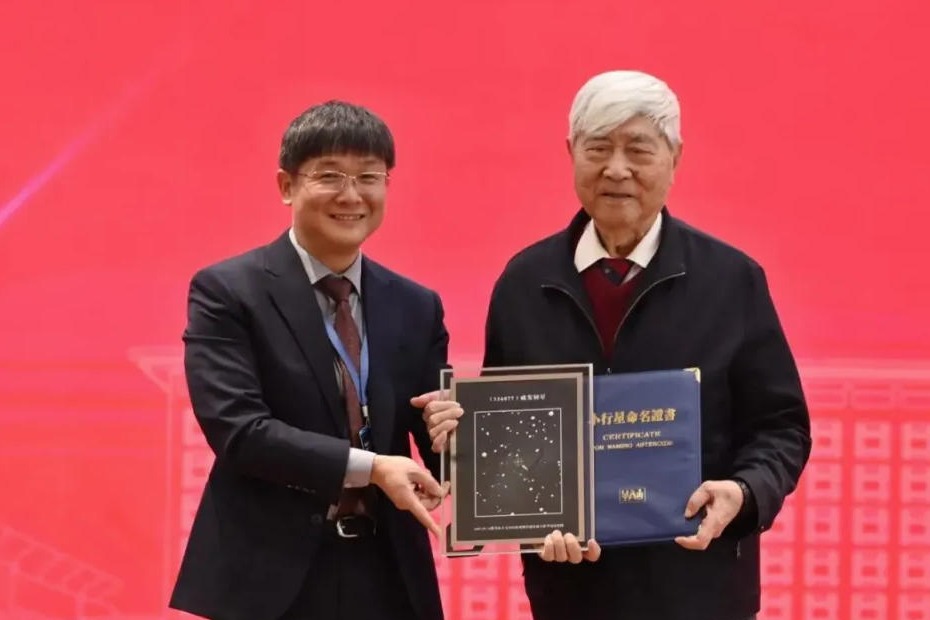HK researchers develop microrobots to enhance C. difficile toxin detection


HONG KONG -- The Chinese University of Hong Kong said on Wednesday that its research team has recently developed microrobots that can detect Clostridium difficile bacterial toxins accurately within 15 minutes.
Clostridium difficile, aka C. difficile, is the most common hospital acquired enteric infection. The toxins secreted by C. difficile will cause diarrhea, fever and hematochezia. In some cases, patients may develop life-threatening peritonitis and sepsis.
Currently, the stool samples of hospitalized patients with diarrhea are being tested in the laboratory to determine the presence of C. difficile. The process normally takes one to two days.
The research team led by Li Zhang, associate professor of the university's Department of Mechanical and Automation Engineering, has developed fluorescent magnetic spore-based microrobots to shorten the detection time. These devices carry functionalized carbon dots that emit fluorescence, the intensity of which will gradually decrease during "on-the-fly" reaction with C. difficile toxins.
Furthermore, the unique and intricate three-dimensional architecture of the microrobots enables easy spreading and swarming in diluted stool samples. Such a continuous and efficient movement acts as active searching, thus facilitating higher detection efficiency and sensitivity than static counterparts.
This enables the reaction even if the sample has a low concentration of toxins. Also, when applying an external magnetic field, the microrobots can perform a controllable movement in the stool samples and be tracked with automation in an easy manner.
Zhang said that in the experiment, all the microrobots placed into stool samples infected by C. difficile no longer emit fluorescence in 15 minutes. This new motion-based detection technique provides a promising solution to the rapid clinical sensing to supplement, or potentially replace the current detection methods in clinic.
"This new technology eventually provides opportunities to develop a multiplex new quick-sensing system not only for C. difficile toxins, but also for many bioanalytical fields including food, chemicals and early diagnosis of other bacteria-infected diseases, " Zhang said, adding that the team will construct an automated microrobotic platform for practical diagnostic application that can be used in clinics and hospitals.
The finding has been published in Science Advances, a scientific journal of the American Association for the Advancement of Science.
- 3 killed, 1 injured in South China knife attack
- Taiwan opposition lawmakers announce plan to impeach Lai Ching-te
- Half marathon route along Suzhou Creek in Putuo
- People across China hold diverse events to mark Winter Solstice
- China issues guidelines to crack down on tobacco-related illegal activities
- 1 arrested after Hong Kong money changer employee robbed of about 1b yen




































